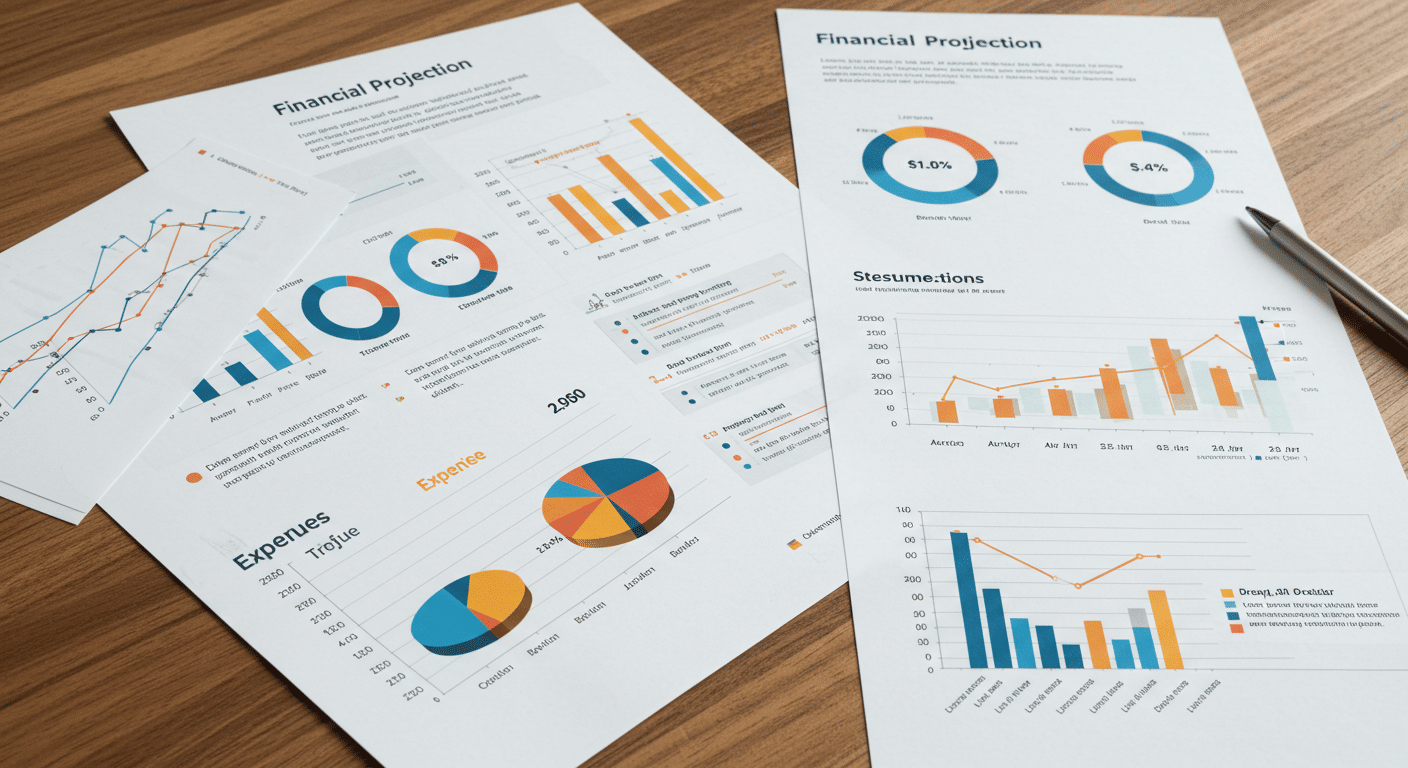How to Set Realistic Financial Projections for Sustainable Growth
Setting realistic financial projections for sustainable growth is using the right data, tools, and insights to make grounded, forward-looking decisions that support where you want your business to go. Whether you’re preparing for a new product launch, expanding into a new market, or simply tightening operations, accurate projections help leaders allocate resources with confidence and align teams around achievable, impactful goals.
Financial forecasts are tools for accountability and alignment. With projections grounded in reality, leadership teams can:
-
Make better decisions, knowing when to hire, invest, or pull back
-
Communicate credibility with investors, banks, and board members
-
Track performance, spot early risks, and adjust course before it’s too late
A Harvard Business Review piece on planning emphasizes how “forecasting forces discipline in testing assumptions” and ultimately leads to better-informed leadership decisions.
What Makes a Financial Projection Realistic for Sustainable Growth?
Overly aggressive projections can create pressure and false expectations. Conservative ones may leave opportunity on the table. So, what defines a “realistic” projection?
Realistic financial projections:
-
Use historical data as a baseline
-
Account for seasonality, industry trends, and external market conditions
-
Include input from cross-functional leaders
-
Are stress-tested against multiple scenarios
According to the U.S. Chamber of Commerce, one of the most common mistakes businesses make is failing to adjust projections regularly to reflect actual performance and changing conditions. Building adaptability into your forecasting process ensures projections stay useful, not outdated.
4 Steps to Create Realistic Financial Projections for Sustainable Growth:
1. Start with Historical Trends and Benchmarks
Document your revenue, costs, and profit margins over the past 12–24 months. Compare those figures to peers or industry standards sourced from resources like Investopedia—this ensures you’re not setting targets that stray from market reality.
2. Define Your Assumptions Clearly
Your projections only matter if your assumptions are transparent. Identify the variables that matter most—sales cycle length, average deal size, customer churn, and pricing strategy. Using scenario modeling, create conservative, moderate, and aggressive versions so you can understand the range of possibilities.
3. Build Monthly, Not Just-Yearly Models
Stretch revenue or expense projections over 12 months—and break those into monthly or quarterly forecasts. Doing so builds in agility and gives leadership the ability to course-correct faster. It also helps you match investments (like hiring or inventory) to anticipated milestones.
4. Integrate Projections with Ongoing Tracking and Review
A projection is only as good as the systems you use to monitor actual performance. Tools like Align make it easy to track progress against projections using dashboards, highlight variances, and guide corrective action. Regular financial reviews keep your team focused on outcomes—not just intentions.
Avoiding Pitfalls When Setting Realistic Financial Projections for Growth
It’s easy to get off track. Here are a few pitfalls to watch for:
-
Static plans: Revisit your projections quarterly. Businesses evolve. Your plan should too.
-
Wishful thinking: If projections rely on everything going perfectly, they’re too optimistic.
-
Disconnected departments: If sales, marketing, ops, and finance don’t collaborate, the projection won’t reflect real-world dynamics.
Align’s Role in Driving Financial Discipline
Align is not just a tool for goals and meetings. It can empower your team to embed financial projections into everyday execution.Companies can consistently build realistic financial projections for sustainable growth and use Align’s platform to:
-
Set revenue and cost targets linked to strategic priorities
-
Track performance in real time, flagging budget variances early
-
Align investments (like headcount or marketing) with projected results
-
Run financial syncs that double as strategy reviews, not just reporting sessions
This visibility and cadence help leaders anticipate challenges before they happen and reinforce discipline across the organization.
Realistic financial projections for sustainable growth give your company the clarity and confidence to grow smart. When they’re built on real data, grounded assumptions, and tied to execution tracking, financial projections actively guide every growth decision you make.
Ready to make your financial planning more strategic and responsive? Align can help you bring your forecasts to life—and keep your plan aligned with performance, every step of the way.
👉 Explore how Align supports budgeting, tracking, and financial alignment





